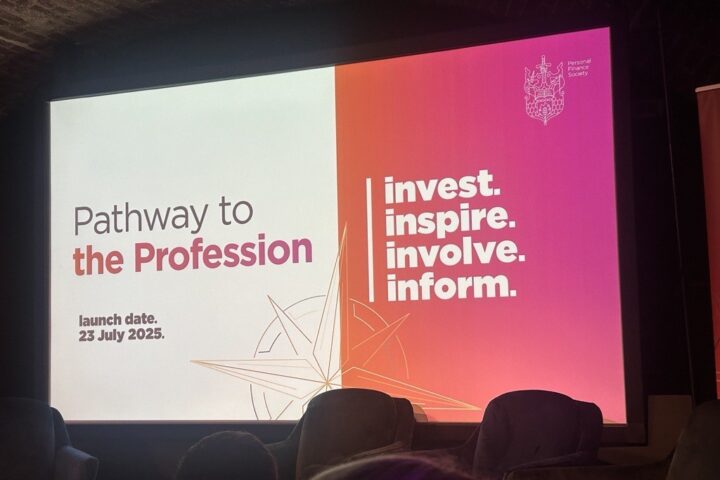Learning & Development (L&D) teams, whether they are part of a global organisation or a small local business, face a perennial challenge: how to deliver value and show they are doing so.
Globally, organisations spend $340bn on L&D, whilst new technology from online content libraries, VR and AR training, and even AI have promised to transform L&D. Yet L&D professionals still struggle to demonstrate impact.
This is why L&D needs a new maturity model. Often used in sectors such as software development and project management, a maturity model helps evaluate the performance and development of a person or group. It can be particularly useful to help teams make sense of their roles and responsibilities and understand progression. I’ve been in L&D for more than 25 years and I’ve often needed, but never had, a framework that could provide this direction to me. This is what the industry needs to take L&D to the next level.
Moving away from reactive
When I speak to leaders across the L&D industry, their concern is always that L&D is stuck in reactive mode. Teams are often overwhelmed by requests that come in for all manner of professional and technical development needs, on top of regular onboarding and heavy administrative compliance responsibilities. It feels like they are just on a hamster wheel. That makes it difficult for teams to plan, strategise and demonstrate business impact, but also extend perceptions amongst stakeholders.
A new L&D Maturity Model must provide a framework that understands this Reactive challenge but also provides ways to move to the next levels, first with Proactive and then Impacting.
This not only will help L&D professionals know how to plan their work, but also demonstrate the value it is driving and prove it to stakeholders. This is more important now than ever: companies are under pressure to do more with less and a team that can’t provide its value could be at risk.
Impact is good; strategy is better
L&D teams want to be impactful, show their worth and demonstrate when L&D has made a difference in a team’s performance. But aiming for impact can only take you so far and it isn’t enough if you really want to make a difference to your organisation and your career as a whole.
Beyond Impacting is being strategic. This is where teams have greater alignment with an organisation’s strategy and can hold themselves accountable for delivering for the company. This involves providing guidance and support to enable and empower the workforce.
For instance, a business goal may be to “increase upselling to existing customers.” From an L&D perspective, just deploying a new sales course or expensive new learning software platform to teams isn’t enough. You need to understand more about the challenge: the current percentage and profile of customers who are upsold, the main objections teams face when attempting to upsell and the goals that the sales leadership team is setting.
Once you have these answers, you can set about enabling the right L&D solutions—at the right time, to the right person—to make a difference. But ultimately this isn’t just training—it is revenue generation. And it will demonstrate that you are a trusted partner to your business.
Becoming transformative for your company
The holy grail of any L&D role is becoming Transformative: not just responding to organisational needs but actually anticipating them. At the core of this is skills. Every single organisation needs to upskill to stay relevant and competitive.
L&D needs to own this by understanding the skills in the company, what is missing, and making a plan to change this. By becoming the architects of our organisation’s skills, L&D teams become indispensable, demonstrating the track record and reputation of making a difference.
Time for a seat at the table
The world of work as we know it is changing. According to PwC, 79% of CEOs are worried about the relevance of employee skills in the digital era. AI was the number one concern in Donald H Taylor’s 2025 L&D Global Sentiment Survey—it is having a bigger impact on the workforce than we can possibly imagine and this is only set to increase. L&D holds the key to futureproofing teams and making their organisations stronger, more effective and more productive.
That’s why it’s time for L&D to take a seat at the table and earn respect for the critical business work they are doing every day. But to get there, you need a track record, earning the trust of leadership and showcasing early stages of transformation.
The L&D Maturity Model shows L&D teams how to take control of their L&D function to become more successful and more marketable as an employee and a leader. It’s time for a framework and structure that will help them, and the wider industry, succeed.
David James is chief learning officer at 360Learning

















